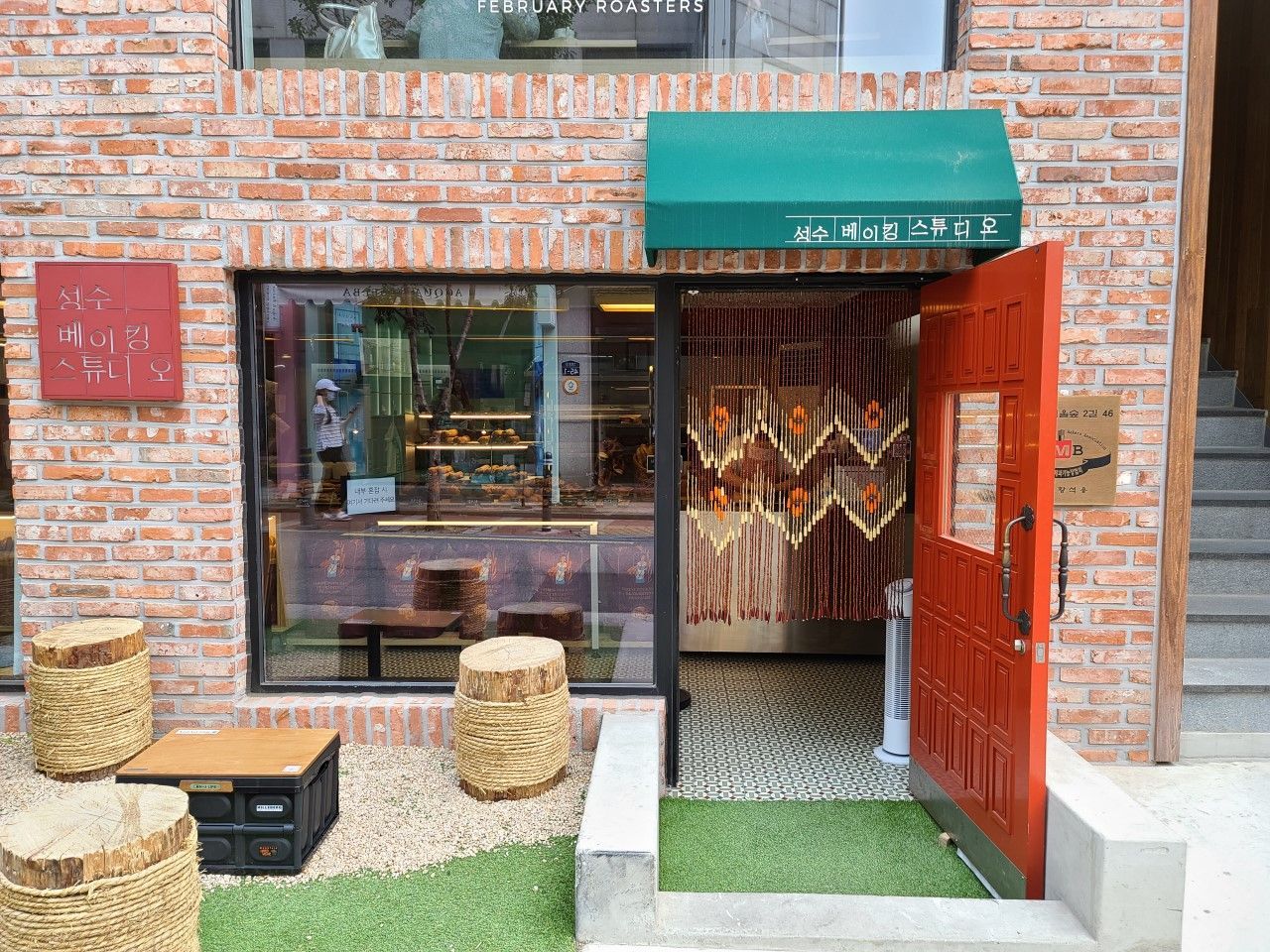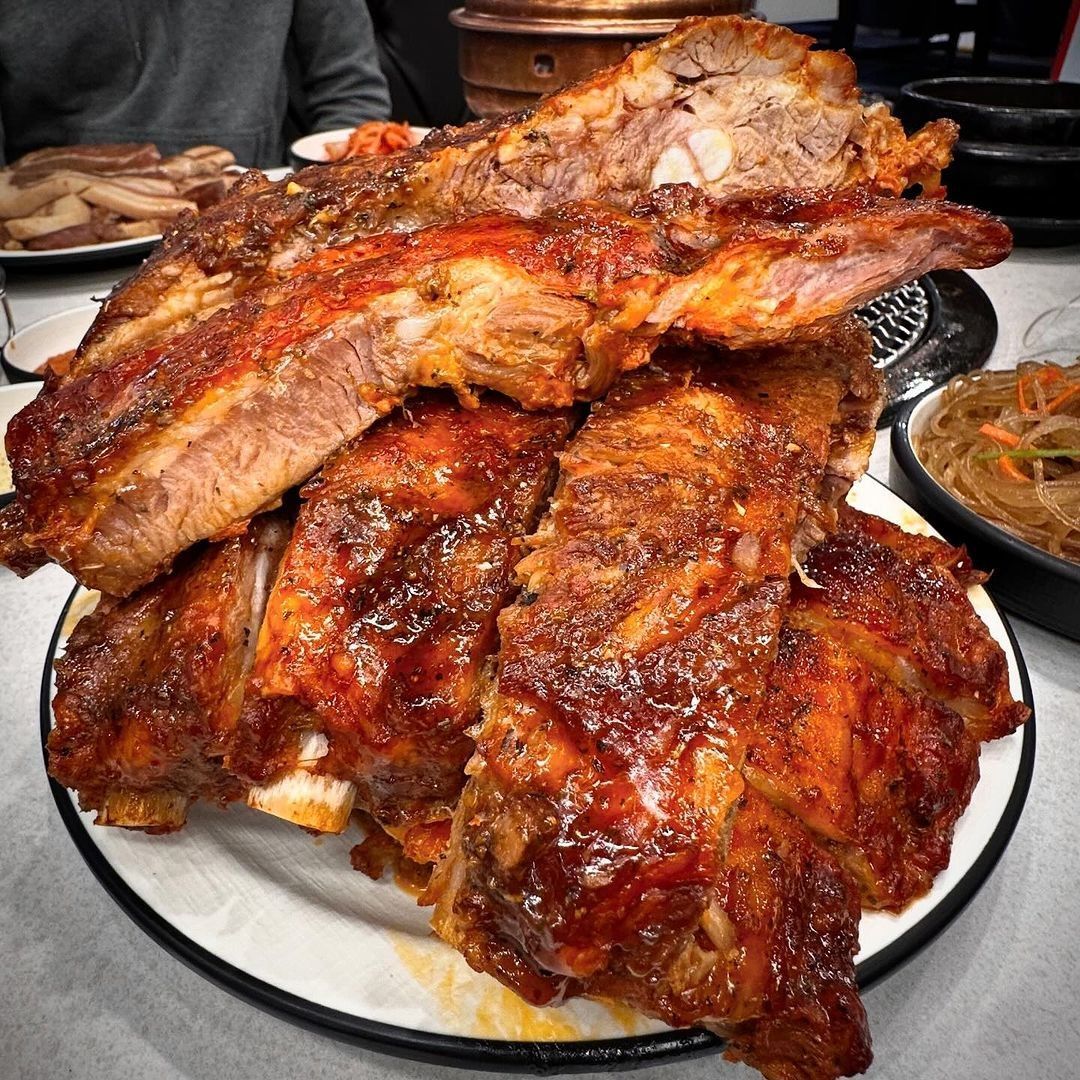A Look Back on Itaewon's History
The Ever-changing Face of Korea's Foreign Hub

Early Origins and Goryeo Dynasty
Itaewon's history dates back to the early Goryeo Dynasty (918-1392). Initially, the area was part of Yangju, an administrative region. In 983, under King Seongjong's rule, Yangju was established as one of the 12 provinces. The region continued to evolve, and by 1067, it was elevated to the status of Namgyeong (Southern Capital). Although Namgyeong was soon downgraded back to Yangju, it was reestablished in 1104 during King Sukjong's reign, maintaining its prominence.
Interested in asking others about Itaewon or engage in related chat? Be sure to check out our popular FB Group, Every Expat in Korea!
Transition During the Joseon Dynasty
In 1395, when the capital moved from Gaegyeong to Hanyang (modern-day Seoul), the area now known as Itaewon became part of Yangju County. By 1424, it was incorporated into Hanseongbu, the administrative unit for the capital, and specifically into its southern district. This period marked the beginning of Itaewon's integration into the capital's urban fabric.
Naming and Development
The name Itaewon (梨泰院) has several proposed origins. One theory suggests it comes from the abundance of pear trees ("Itaewon" meaning "pear orchard"). Another theory ties it to its role as a residential area for foreigners, with "Itaewon" (異他人) implying "place of different people." Regardless of its etymology, the name reflects the area's historical role as a diverse and multicultural locale.
During the Joseon Dynasty, Itaewon served as a key transportation hub with a post station, which facilitated travel and trade. The post station's presence contributed to the area's growth as people and goods flowed through, fostering a vibrant community.
Japanese Colonial Period
The Japanese colonial period (1910-1945) brought significant changes to Itaewon. The area became a military zone, housing the Japanese military headquarters. This era reinforced Itaewon's identity as a strategic and military-centric location. The colonial administration also initiated urban development projects, transforming Itaewon into a more structured and urbanized area.
Post-Liberation and Korean War Impact
Following Korea's liberation in 1945, Itaewon underwent further transformation. The arrival of U.S. military forces, who established bases in the area, significantly influenced its development. The Korean War (1950-1953) exacerbated this trend, as Itaewon became a refuge for displaced people and a support area for the U.S. military.
The influx of refugees and U.S. military personnel spurred the growth of local markets and businesses. Itaewon Market, for instance, thrived on goods sourced from U.S. military PX stores, becoming a commercial hub. This period cemented Itaewon's role as a multicultural and economically vibrant district.
Modernization and Urban Development
In the 1960s and 70s, Itaewon continued to develop as a commercial and residential area. The construction of the Namsan Loop Road and other infrastructure projects facilitated easier access and spurred further urbanization. The area began attracting a more affluent demographic, including diplomats and foreign businesspeople, leading to the establishment of upscale residences and international schools.
Itaewon in Contemporary Seoul
By the late 20th century, Itaewon had solidified its reputation as a multicultural enclave within Seoul. It was designated as Seoul's first Special Tourist Zone in 1997, recognizing its unique cultural and commercial appeal. Despite challenges such as economic fluctuations and changes in the U.S. military's presence, Itaewon has maintained its distinctive character.
Today, Itaewon stands as a testament to Seoul's dynamic history and its capacity to integrate diverse influences. The area's historical layers—from its early days as a strategic outpost to its modern role as a vibrant, multicultural district—reflect the broader narrative of Seoul's development and its ongoing evolution.









